Here we take a slight detour to the east into the couscous zone (not a Balkan delicacy but delicious nevertheless), as we make a couscous sauce with chicken and veggies.
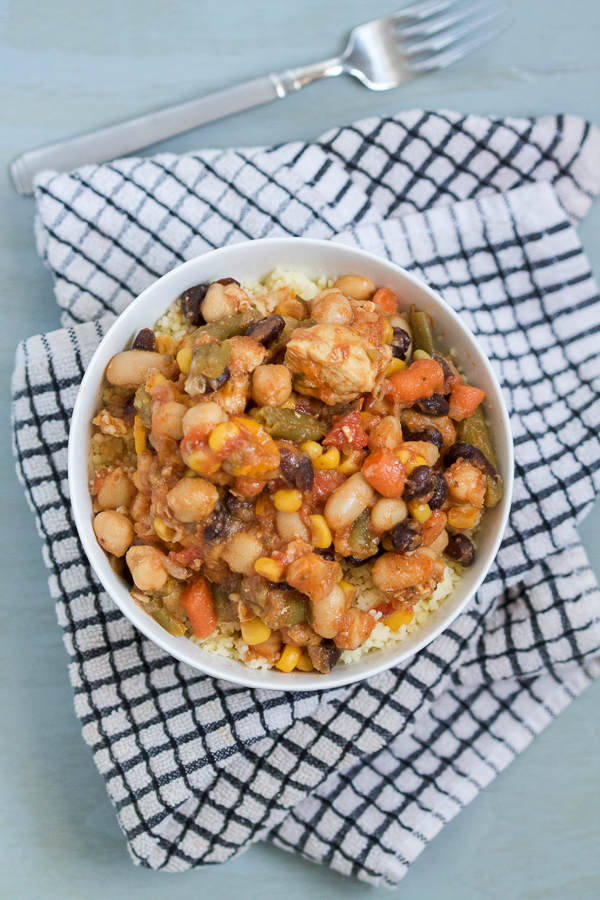
Today we’ll take a break from Balkan cuisine so I can share with you a couscous sauce stuffed to the brink with vegetables, and chicken softened to the max in a deep, long simmer. What gets this recipe a place on the blog is the special part it plays in my family's history. From our home to yours, here it is...
P.S. The sauce is versatile. If you aren't a fan of couscous try it with rice, over bread or with fried mini breads.
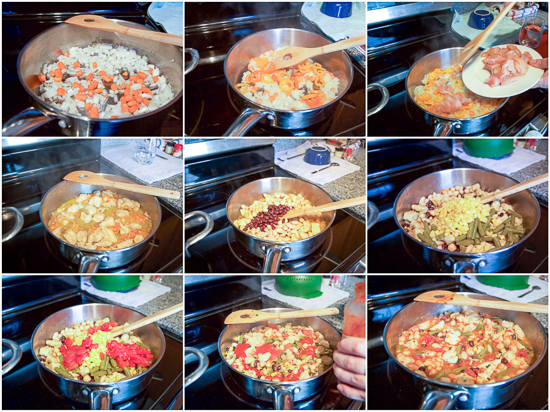
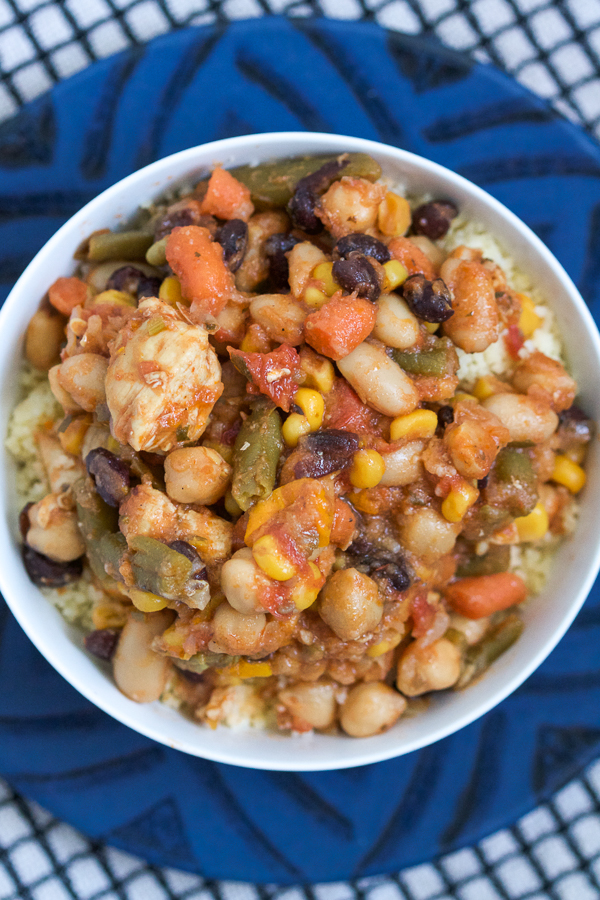
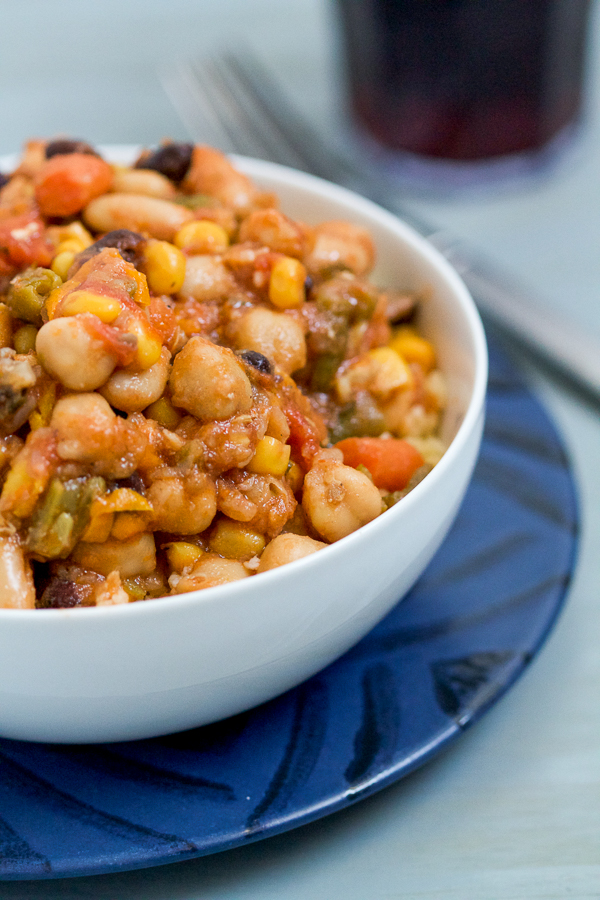
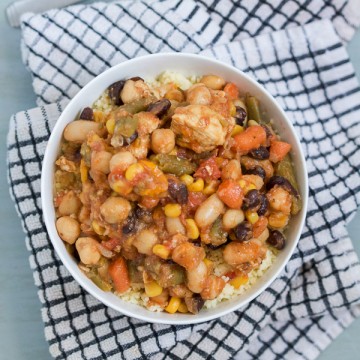
Couscous with Chicken and Veggie Sauce
Ingredients
- 1 yellow onion large
- 1 carrot large
- 1 red or yellow bell pepper large
- 1 pound chicken mutton, fish or veal
- 1 garlic clove minced
- 1 teaspoon seasoned salt
- ⅕ teaspoon ground pepper
- ⅛ teaspoon ginger
- ¼ teaspoon curry powder
- 1 tablespoon parsley
- 8 ounces cannelinni beans
- 8 ounces black beans
- 8 ounces chick peas
- 8 ounces green beans
- 8 ounces corn kernels
- 8 ounces diced tomatoes
- 2 cups of water
- Oil
- 4 tablespoons tomato sauce
- 1 teaspoon sugar
- 1 box of couscous serving 6
Instructions
- Heat up 1 tablespoon of oil in a deep skillet over medium heat. Dice onion and carrots, then add to the skillet. Cut up the bell pepper and combine. Simmer and stir everything together, occasionally adding a little bit of water. (You'll be adding about 2 cups of water to the sauce throughout the cooking process.)
- Cut the chicken up into medium sized chunks. When the onion crystalizes, add the chicken in. Simmer for 15 minutes, and add the seasonings. If you are adding fresh vegetables, go ahead and add them now. Otherwise, continue simmering meat for another 30 minutes, mixing and adding a little bit of water at a time.
- Make the couscous on the side. If you'll be adding canned vegetables, take them out of cans, wash them really well and leave in coriander.
- Add canned vegetables to the skillet, and simmer for the final 15-20 minutes. A few minutes before the end, add tomato sauce and sugar, and mix thoroughly. Serve the sauce warm over couscous.
Video
Notes
If you can, steam the couscous over the sauce as it simmers. This is a bit complicated, so you can go for a simpler option of cooking couscous based on the box directions. Still comes out great.
Also, feel free to use mutton, veal, or fish instead of chicken.
Also, feel free to use mutton, veal, or fish instead of chicken.
Tried this recipe?Let us know how it was!


Leave a Reply